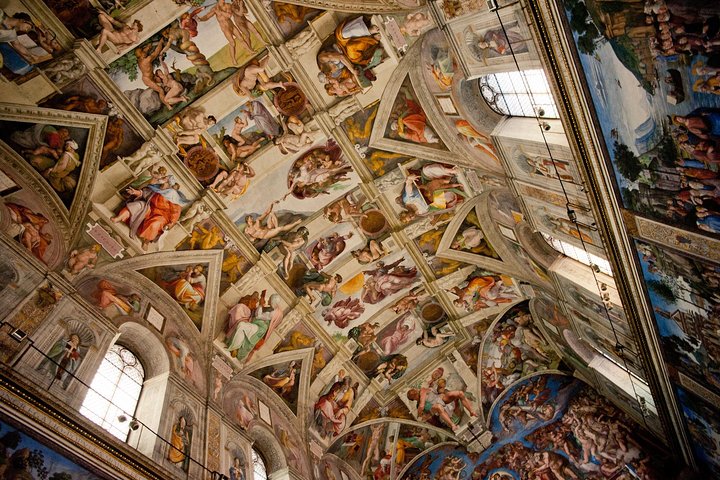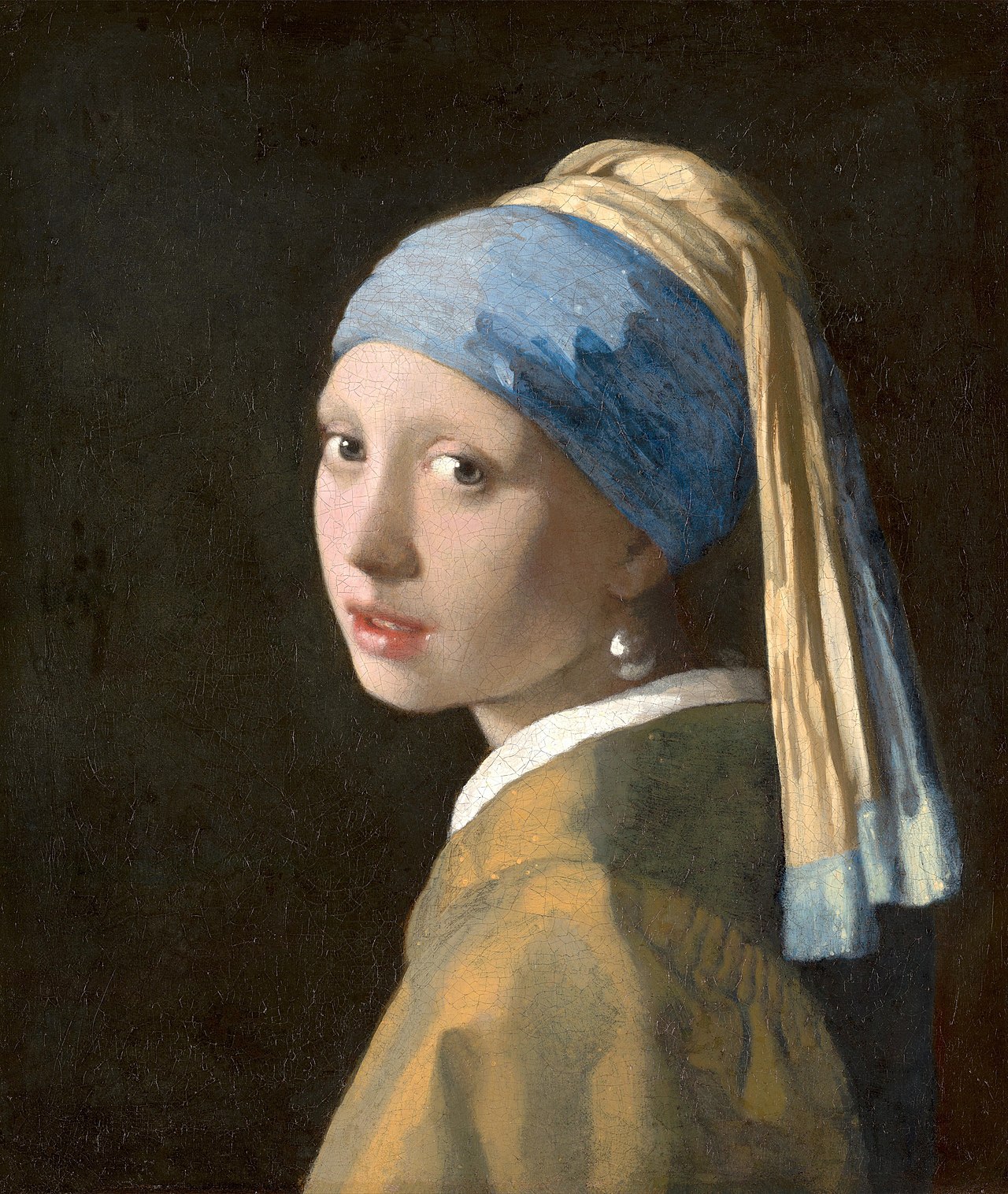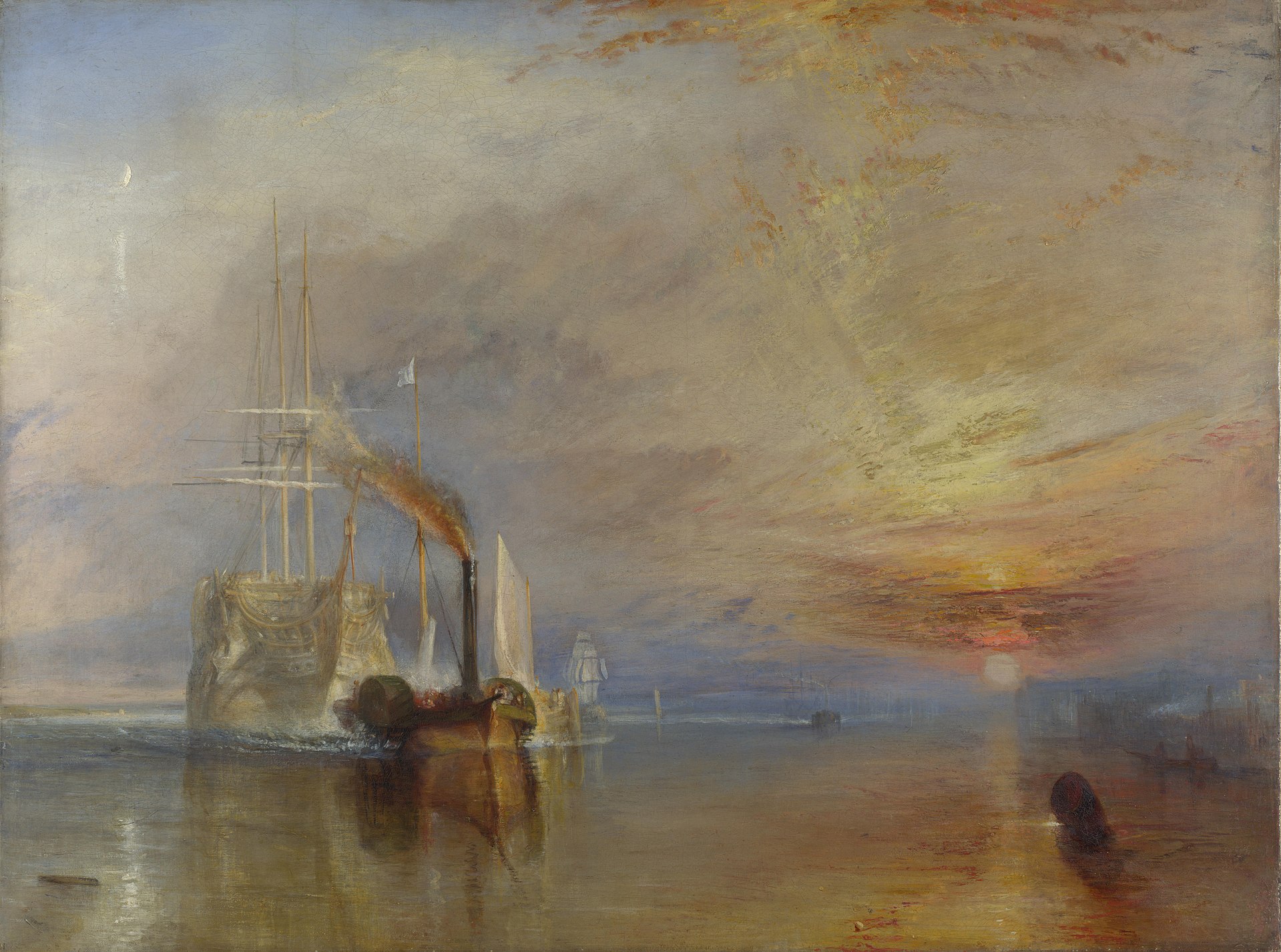Before the invention of convenient paint tubes in the 19th century, creating art was a far more laborious process. Artists had to prepare their materials from scratch, often spending hours grinding pigments, mixing them with binders, and ensuring their tools were ready. This hands-on approach wasn’t just time-consuming—it shaped the way art was created and appreciated.
How Did Artists Get Their Colours
Artists couldn’t simply buy paint from a shop. Instead, they sourced pigments from natural materials, which were then ground into fine powders and mixed with a medium to create paint. Here’s how it worked:
- Pigment Sources:
- Minerals: Ultramarine came from lapis lazuli, a precious stone, while ochres were mined from the earth.
- Plants: Colours like green from buckthorn berries or yellow from saffron were extracted from plants.
- Animals: Carmine red was derived from cochineal insects.
- Mixing Mediums:
- Pigments were mixed with mediums like egg yolk (for tempera), oil (linseed or walnut), or water to create usable paint.
- Each medium gave the paint different properties, such as drying time, texture, and vibrancy.
This process meant that artists needed a solid understanding of chemistry and craftsmanship.
The Role of Apprentices
In large workshops, apprentices often handled the painstaking preparation of materials. They ground pigments, stretched canvases, and primed panels. This allowed the master artist to focus on the actual painting, though apprentices sometimes worked on background elements.
Key Examples of Pre-Tube Artworks
Here are five iconic works created before paint tubes existed, showcasing the techniques and challenges of early art-making:
1. Jan van Eyck – The Arnolfini Portrait (1434)
Van Eyck was a pioneer of oil painting, using multiple thin layers to achieve depth and luminosity. The intricate details in this portrait demonstrate the incredible control artists could achieve with hand-prepared oil paints.

2. Sandro Botticelli – The Birth of Venus (c. 1484–1486)
Botticelli’s tempera painting on canvas relied on pigments mixed with egg yolk. The smooth, glowing finish and vibrant colours highlight the skill required to work with this demanding medium.

3. Michelangelo – The Sistine Chapel Ceiling (1508–1512)
Michelangelo’s fresco technique involved applying pigments onto wet plaster. The colours bonded with the plaster as it dried, requiring precision and speed. The vibrant scenes of the Sistine Chapel remain a testament to this complex process.

4. Johannes Vermeer – Girl with a Pearl Earring (1665)
Vermeer used hand-ground pigments and oil to create his delicate, light-filled works. The subtle transitions in tone and shadow in this painting showcase the mastery achievable with carefully prepared materials.

5. J.M.W. Turner – The Fighting Temeraire (1839)
Turner, an early adopter of industrially produced paints, still used traditional preparation methods for much of his career. The luminous skies in this work reflect his deep knowledge of pigments and their interactions with light.

The Invention of Paint Tubes
The creation of paint tubes in 1841 by American artist John Goffe Rand revolutionised art-making. Portable and convenient, they allowed artists to paint outdoors more easily, giving rise to movements like Impressionism. Claude Monet famously said, “Without paint in tubes, there would have been no Impressionism.”
Lessons from History for Modern Artists
- Appreciate Craftsmanship: Understanding how materials were prepared can deepen your respect for historical works.
- Experiment with Techniques: Try mixing your own paints or exploring traditional mediums like tempera or fresco.
- Connect with Tradition: Studying the challenges faced by historical artists can inspire new approaches in your own work.
Further Reading
- Khan Academy – Making and Using Pigments
- The Met – Painting Techniques in Art History
- Tate – Art Materials and Their History
- Victoria and Albert Museum – Traditional Art Techniques
Art-making before the invention of paint tubes was an intricate and skill-intensive process, deeply tied to the materials and techniques of the time. By exploring how historical artists worked, you can gain a new appreciation for their achievements and find inspiration in their dedication to their craft. Why not try mixing your own paints and see how it transforms your creative process?
If you would like to receive a roundup of all of our blog posts once a week to keep you inspired in your inbox, why not sign up to our newsletter. You can access our sign up at the top of our page. If you are a London Art College student and you would like your artwork featured here, drop us a line at any time.

